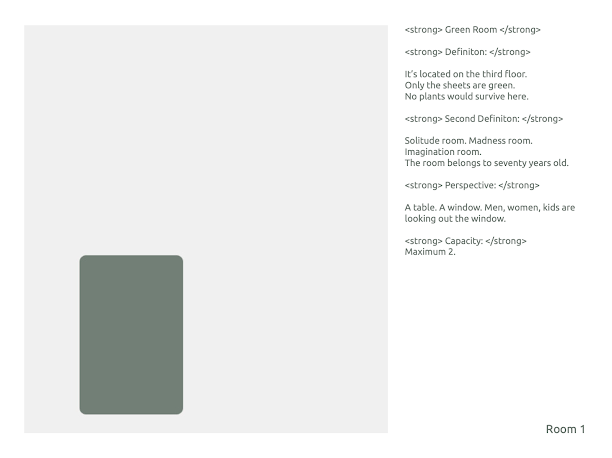What constitutes seeing yourself seeing beyond what you see?
The series called ''A visual presentation of a literary form'' aims to tackle our notion of perception and how perception shifts from written format to visual as well as how subjective it is.
As one of the leading figures of modern philosophy, Kant asserted that all of our experiences and senses are filtered through a glass that refracts our interpretations through ourselves. From our manner of perception to the artworks that we relate to ourselves, this ‘’Glass of Kant’’ is not only the reference point of our experience but also the biggest factor behind the results of our interpretation. Ultimately, this glass is made of the social and cultural bases of human life and consists of a code that accompanies our habitat. On the other hand, the glass is the crux of experimentation, and everything must pass through this filter as well. Indeed, it is inevitable that these interpretations shape our perception as much as we interpret our experiences.
My personal experience of three rooms that I have spent most of my life so far is visualized in this series along with a literary text which is computerized in one of the code languages HTML. The colored illustrations of the rooms refer to geometric figures that can resonate with anyone since they're objective shapes. Meantime, the text represents the social and cultural codes while perceiving our surroundings through our individual ''Glass of Kant''.
Data/Painting/ Narrative
Art history shows us that abstract art is shaped by Mondrian, Malevich, and Rothko. With 'White on White', Malevich shows the medium itself as the artwork while Mondrian uses geometric shapes. Since these shapes only give references to themselves, and they are depictions of real things without being exact reproductions. Yet, the art audience often looks for narration or a tale- a representation- more than seeing what they see.
The paintings isolate two videos and a reference text; the first video is a fractal QR code that repeats itself as the pixels on the paintings. The latter video contains a discussion between me and my colleagues on Gilles Deleuze's book called Logic of Sensation which is embedded in the third work, and it can be summed up with this quote: ''Painting has neither a model to represent nor a story to narrate. It thus has two possible ways of escaping the figurative: toward pure form, through abstraction; or toward the purely figural, through extraction or isolation.''1
This triptych painting series of QR codes aims to encourage both artists and viewers to ask a question: is it possible to make an artwork that is only itself, and is it possible to see what we see only? The QR code paintings have thousands of electronic bits that hide several contents, and they purposely painted traditionally to show the relationship between the traditional and computerized experience of content viewing. For the ones who discontent with the abstraction here, the data can only be viewed through a device like a phone camera. Therefore, another question raises here: what if you don't have the device, familiarity, or training to read an artwork?
1 Deleuze, G., Francis Bacon: Logic of Sensation, Continuum, Newyork- London, pg. 3







perception of information
ReplyDeletelanguage of data - hypertext
variations of languages
words
layering of language
concealment
isolation
https://drive.google.com/file/d/0B5pp1g1lgbBUTXF3MHJBVTF5UXM/view
ReplyDeletehttps://drive.google.com/file/d/0B5pp1g1lgbBUQXkzZXpmUmk4bWc/view
ReplyDeleteNelson Goodman: Şu aşamada işine mi yarar yoksa kafa mı karıştırır hiç emin değilim ama...
https://plato.stanford.edu/entries/goodman-aesthetics/